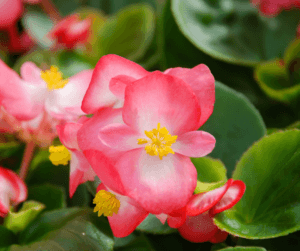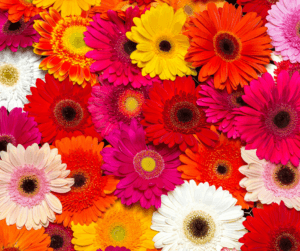
Fall is a time for change. The old year is slipping away. And despite our best intentions the yard and garden start getting unkempt and a bit seedy. The vegetable garden (if you put one in) has given up most of its bounty and what is left tends to be root vegetables like turnips and beets. It is a time for asters and mums to show their stuff before a big freeze sets in.
Most falls find us trying to decide how and where to make extra room indoors for some winter refugees. That is, annuals that have done well in the growing season that we hope might reward us with a bit more beauty in exchange for a sunny window and regular watering.
In recent years, I have devoted more time to container gardening on our back deck. Recent favorites have included geraniums, gerbera and coleus. However, bringing plants inside does not always work. Here is a list of things to consider before bringing your favorite plant indoors.
Clean pots; remove dead or unhealthy growth.
Check for pests; treat with pesticide or leave outdoors.
Repot if necessary.
If you are not repotting, top off plant with fresh soil.
Rinse and water.
Ensure you can meet all of the plants’ indoor needs, especially air temperature, humidity and light
Keep the plant out of reach of animals and children, if necessary.

Geraniums and pots were rather made for one another. Our deck has a southern exposure so sun is not a problem in summer; but they should be kept in a location that is sheltered from prevailing winds. In fall, it is simply a matter of hauling them in the house, 2-gallon pots and all. If indoor space is going to be a problem, you can take cuttings and place them directly into a potting mixture in 8-inch pots. Black Gold® All Purpose Potting Mix offers a great substrate for potting full sized geraniums or cuttings. Make sure your mixture is well drained. Water the plants when the potting mixture is dry, but do not overwater. Geraniums need lots of light to flower so give it a south- or southwest facing window. Avoid heating registers or cold drafts.

Photo credit to Jessie Keith
Coleus hail from Asia, Africa and Australia. They became popular as bedding plants in Victorian gardens. More recently, plant breeders have developed many new varieties that I love. Coleus is mostly valued for its intricate multicolored foliage. The blue, purple or white flowers are insignificant. In summer, I like to put them outdoors in 4- to 8-inch pots in front of garden beds or along garden walks. Pinching back new shoots will encourage new growth. While it is important to keep the soil moist, avoid overwatering. Indoors, Coleus likes bright light. However, they are poisonous to cats and dogs; so if Rover or fluffy like to munch on household plants, it might be wise to give this indoor plant a miss.

Bigleaf Begonia is another favorite of mine. They have waxy green to bronze leaves. Outdoors, it can be placed in full sun to shade, and is considered a low-maintenance plant. It can grow to 18 inches in height. When I bring them indoors, I generally upgrade them to the next largest pot filled with a Black Gold® potting mixture. Indoor plants need full to partial sun and frequent watering to keep the soil moist. It is somewhat poisonous to house pets so be careful.


